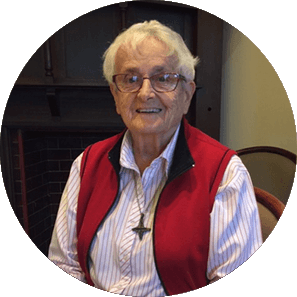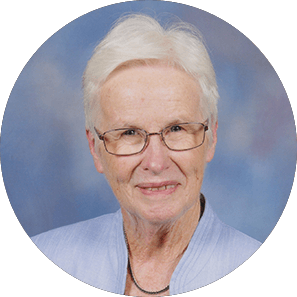Our History
Australian Province
Australian Province History
The Beginning
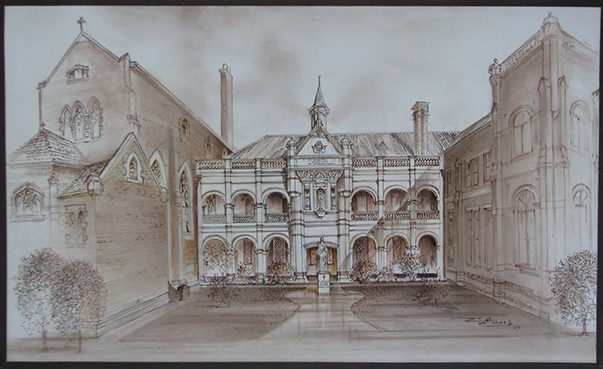
Needless to say, plans were soon made for the building of a school, convent and chapel on the Highgate Hill site, the foundation stone for which was laid on 18 September 1898.
The following year, three more Sisters arrived at Highgate to assist in the running of the school that had increased its enrolment from 140 at the end of 1897.
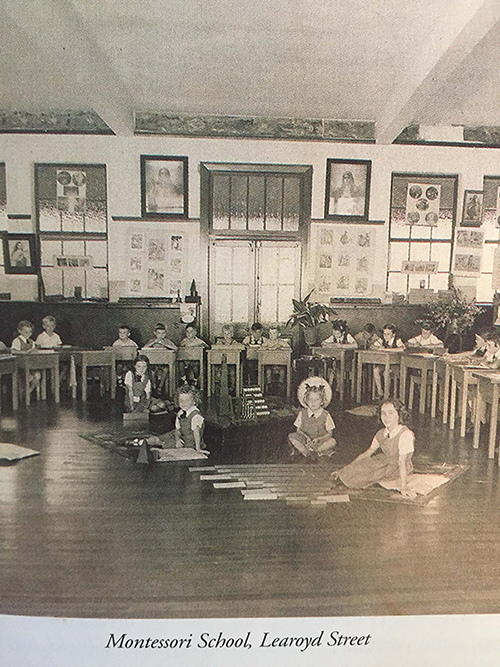
Expansion in Education
In the ensuing years in WA, the Sisters became involved with the establishment and/or administration of fifteen primary and six secondary (including Highgate) schools, starting with St Joseph’s School, Busselton in 1903 and concluding with Wanalirri Catholic School, Gibb River that opened on 31 January, 1991.
Within 25 years of arriving in Western Australia the Congregation was also invited to establish a convent and school in Donald, Victoria and later in Charlton, Oakleigh and East Kew. Later, in 1968, the Sisters commenced teaching at Sacred Heart, Pearce in the ACT.
At the invitation of Bishop John Jobst, two sisters arrived in Broome to open the new school, Nulungu Girls’ College, in February 1974. The aim was to provide an education that would affirm Aboriginal culture with its positive values, as well as prepare girls to take their place confidently in contemporary Australian society.
In all of these schools and ministries the Sisters have made significant contributions to the life, of not only their students but to the whole community. Like their Foundress, Euphrasie Barbier, they were women with vision who began these schools and then handed them over to the local people to continue.
Missions and Ministries
Whilst teaching, and particularly the teaching of Aboriginal children and those with special learning needs, has continued to be a focus for the Congregation, there has also been dissemination into other ministries where needs have been identified. A number of Sisters have been engaged as counsellors, spiritual directors and pastoral workers in metropolitan parishes.
The Sisters also endeavoured to participate and contribute to voluntary pursuits, some of which include Personal Advocacy, Carrod, the Shopfront and other social justice initiatives.
End of an Era
To the delight of the Sisters, a number of the offices of the Catholic Archdiocese relocated to the former Convent following renovation and restoration works that have endeavoured to preserve much of the original building and in particular the chapel. A stained glass window donated to the project by the Sisters provides an ongoing living memory of their presence.

And Now
The Australian Mission Office is actively working to contribute to the ongoing work of Sisters in overseas mission work which includes; supporting the establishment of micro-credit banking, workplaces for women at risk, schools and medical centres.
Though ageing we continue to deepen our sense of belonging to one another, the wider community of the Congregation and to our partners in Mission.
A living memory
A Missionary Journey
This commemorative stained glass window was commissioned by the Sisters of Our Lady of the Missions and placed in the Catholic Pastoral Centre, 40 Mary St, Highgate, Perth, Western Australia. The building was built in 1897 as the Provincial and Novitiate House of the Sisters, where young women were formed and prepared for mission. It commemorates and recognises over 100 years of missionary service by the Sisters in Western Australia. It seeks to not only honour those who have served throughout the years, but is a visual reminder to all of us, that we continue the tradition of missionary service both here and around the world.
It is a living memory to all our Sisters, past and present and an inspiration for those yet to come.
The artwork was designed by Sister Helena Brabender RNDM, and the stained glass windows were beautifully crafted by Mr Vic Burns. Images have been used throughout our website and their significance is outlined below.

Ship Journey of the five pioneering RNDM Sisters from New Zealand.
Sails Stylised map of Australia – their destination.
Five Figures The five Foundation Sisters – yellow section depicts their dreams and vision for their future mission.
Red Semi-circle Community aspects – unity, vowed life.
Inserts Right – Convent Highgate
Left – Sacred Heart School monogram
Sunset Passing of the years; dedication enabling and empowering the laity to take their rightful role in the Church: the hope that comes with the dawning of a new day.
RNDM Logo International emblem of the Sisters of Our Lady of the Missions, surrounded by Australian flora of gum leaf and wattle.
Blue Globe Mandate of the Sisters as an international missionary Congregation to work internationally and in cultures other than their own.
Book The Scripture and Constitutions basic to the Sisters’ way of life; also symbolises Book of Knowledge as education was the primary mission of the Sisters.
Water Fulfilment of Baptismal commitment to be missionary and prophetic.
Grapes and Wheat The Sacramental life which gives Spiritual nourishment and strength.
Dove Holy Spirit – Pentecost – Patronal Feast of the Sisters of Our Lady of the Missions.
Red Rays Gifts of the Holy Spirit which give life and direction to the RNDM Charism.
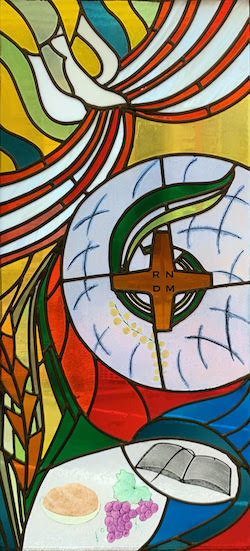
We are one, we are love
History of the Congregation
Euphrasie Barbier began the missionary order, Religieuses de Notre Dame des Missions (RNDM), in 1861 and sent the first missionaries to New Zealand in 1864. Over the following years Sisters were missioned to Australia, England, Wallis, Futuna, Samoa, India, Myanmar and to Bangladesh.
At the time of Euphrasie’s death in 1893 there were 205 professed Sisters.
The Congregation continued to grow through the education of women and girls and Sisters moved to Canada and Indo-China.
World War II saw RNDM Sisters in Vietnam and Burma imprisoned by the Japanese, a frightening experience for all. In France, they experienced the German invasion, and in England the aerial bombardment.
By 1966 there were 1,243 Sisters. Vatican II asked religious communities to look at their missionary life and to move outside their countries for new opportunities. New missions were established in Papua New Guinea, Kenya, Peru, Senegal and Samoa.
Today the Congregation is a multi-cultural group of women from every continent. The Congregation Leadership Team and administration are based in Rome, Italy. Growth in professed Sisters today comes mostly from Asia and Africa.
The original enthusiasm for new Missions lives on today in the Congregation, and now includes Taiwan, Philippines, and Laos, still with a focus on “various forms of education and social ministry, responding to the needs of people, especially marginalized women and children and those who are poor and oppressed. We enable them to live with dignity and respect and to take their rightful place in society.” Constitutions No 35 Mission











